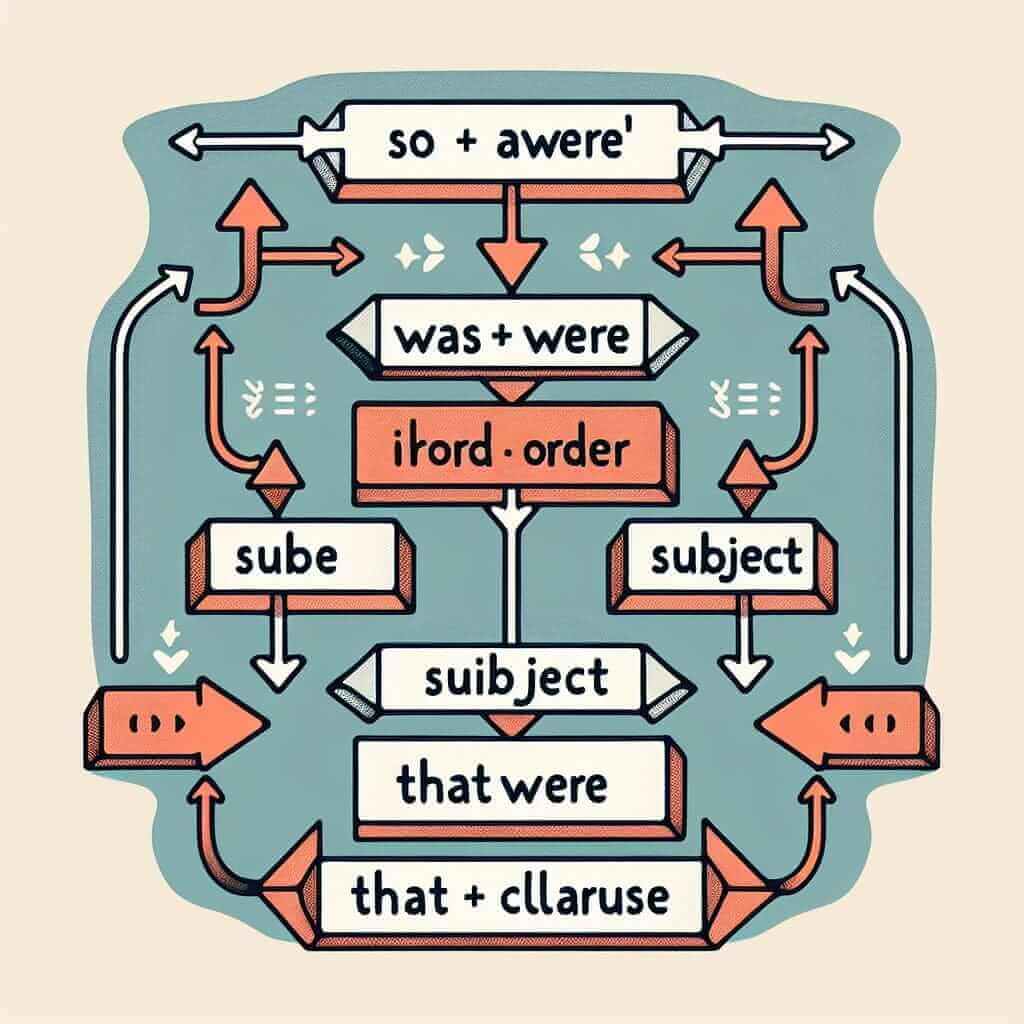Have you ever encountered a sentence like “So captivating was her voice that the audience fell silent”? This elegant yet powerful structure, often used to express the intensity of something, is a hallmark of sophisticated English writing and can elevate your IELTS writing to a band 7 or higher.
Let’s delve into this structure with examples across different sections of the IELTS exam:
Speaking (Part 2): “So breathtaking were the views from the mountaintop that I completely forgot about the challenging climb.”
Writing Task 1: “So dramatic was the increase in online sales that traditional retail stores experienced a sharp decline.”
Writing Task 2: “So pervasive is the influence of social media that it shapes our opinions and behaviors.”
In each example, the sentence structure emphasizes the degree of a particular quality (captivating voice, breathtaking views, dramatic increase). Now, let’s dissect this structure and explore how to wield its power effectively.
Deconstructing the Structure: “So Adverb was/were Subject that…”
This structure is a form of inversion, where the usual subject-verb order is reversed for stylistic effect and emphasis. Here’s the breakdown:
- “So + Adverb”: This part highlights the intensity or degree. The adverb chosen should accurately reflect the extent of the quality being described.
- Examples: so captivating, so breathtaking, so dramatic, so pervasive
- “was/were”: The verb “be” agrees with the subject that follows.
- “Subject”: This is the noun or noun phrase being described.
- “that + clause”: This introduces the result or consequence of the intensity described in the first part of the sentence.

Mastering the Structure for IELTS Success
Here’s the formula for constructing this sentence type:
So + Adverb + was/were + Subject + that + Resulting Clause
Applying the Structure to Different IELTS Sections:
Writing Task 1 (Describing Trends):
- Standard sentence: “The population grew very rapidly, leading to a housing shortage.”
- Using inversion for emphasis: “So rapid was the population growth that a housing shortage ensued.”
Writing Task 2 (Expressing Opinions):
- Standard Sentence: “The internet has a very strong impact on our lives, changing how we communicate and learn.”
- Using inversion for emphasis: “So profound is the impact of the internet that it has transformed the way we communicate and acquire knowledge.”
Elevating Your Score: Tips and Tricks
- Vocabulary Enhancement: Select vivid and high-impact adverbs to create a stronger impression. For instance, instead of “very good,” consider “exceptional” or “outstanding.”
- Contextual Appropriateness: Use this structure sparingly for maximum impact. Overusing it can make your writing sound unnatural and repetitive.
- Syntactic Variety: Combine this structure with other grammatical structures to demonstrate a wider range of sentence patterns in your writing.
Common Pitfalls to Avoid
- Incorrect Subject-Verb Agreement: Ensure the verb “be” (was/were) agrees with the subject that follows it. For example, “So beautiful were the flowers that…”
- Overuse of Clichéd Adverbs: Strive for originality in your adverb selection. Avoid overused adverbs like “very” or “extremely” for a more sophisticated tone.
- Unnatural Sentence Structure: Make sure the inversion sounds natural and not forced within the context of your sentence and paragraph.
Conclusion
Mastering the “So Adverb was/were Subject that…” structure can add a touch of sophistication and emphasis to your IELTS writing and speaking. By understanding its construction, practicing its application, and being mindful of potential pitfalls, you can confidently wield this grammatical tool to achieve your desired IELTS score. Remember, like any skill, practice is key! So go forth and experiment with this structure in your IELTS preparation to impress the examiners with your command of the English language.